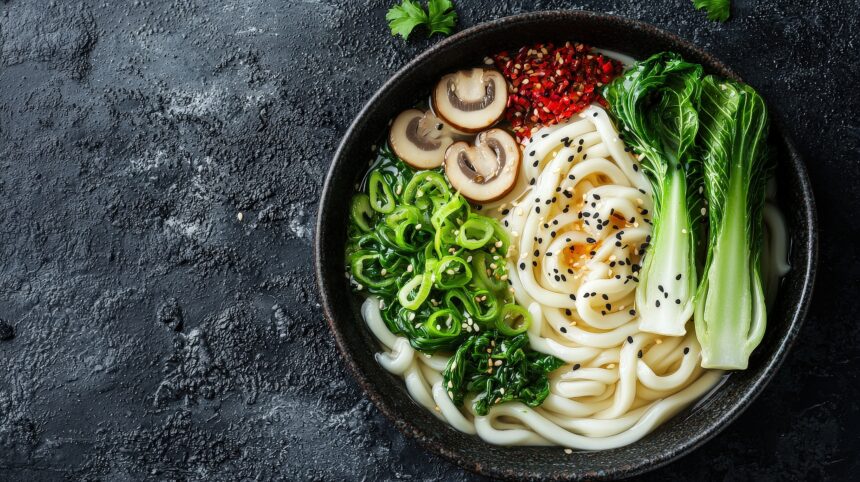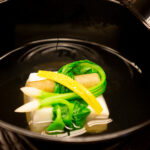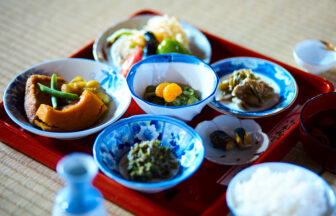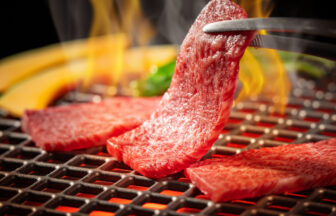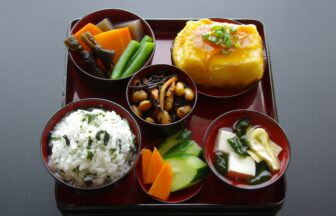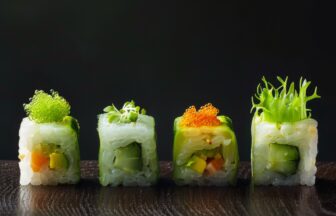Japan is a food lover’s paradise, but for vegetarians, navigating the local cuisine can be challenging. Many traditional dishes appear vegetarian but contain hidden animal-based ingredients such as fish-based dashi (broth) or meat-based seasonings. This guide will help you understand what you can and cannot eat as a vegetarian in Japan and provide practical tips for dining out.
In this Article
What Vegetarians Can Eat in Japan
- Plain Rice (Gohan)
Japanese steamed rice is always vegetarian and served as a staple in most meals. - Tofu Dishes
- Hiyayakko: Chilled tofu topped with soy sauce and scallions.
- Agedashi Tofu: Deep-fried tofu in broth (check if the broth is vegetarian).
- Yudofu: Hot tofu cooked in kombu dashi.
- Vegetable Tempura
Deep-fried vegetables in a light batter. Ensure the tempura dipping sauce does not contain fish-based dashi. - Shojin Ryori (Buddhist Vegetarian Cuisine)
Found in temples and specialized restaurants, this cuisine is completely plant-based. - Onigiri (Rice Balls)
- Safe options: Umeboshi (pickled plum), kombu (seaweed), shio musubi (salted rice).
- Avoid: Tuna mayo, salmon, and other fish-based fillings.
- Nasu Dengaku
Grilled eggplant with miso glaze. - Tsukemono (Japanese Pickles)
Usually vegetarian, but check for bonito flakes or fish sauce.
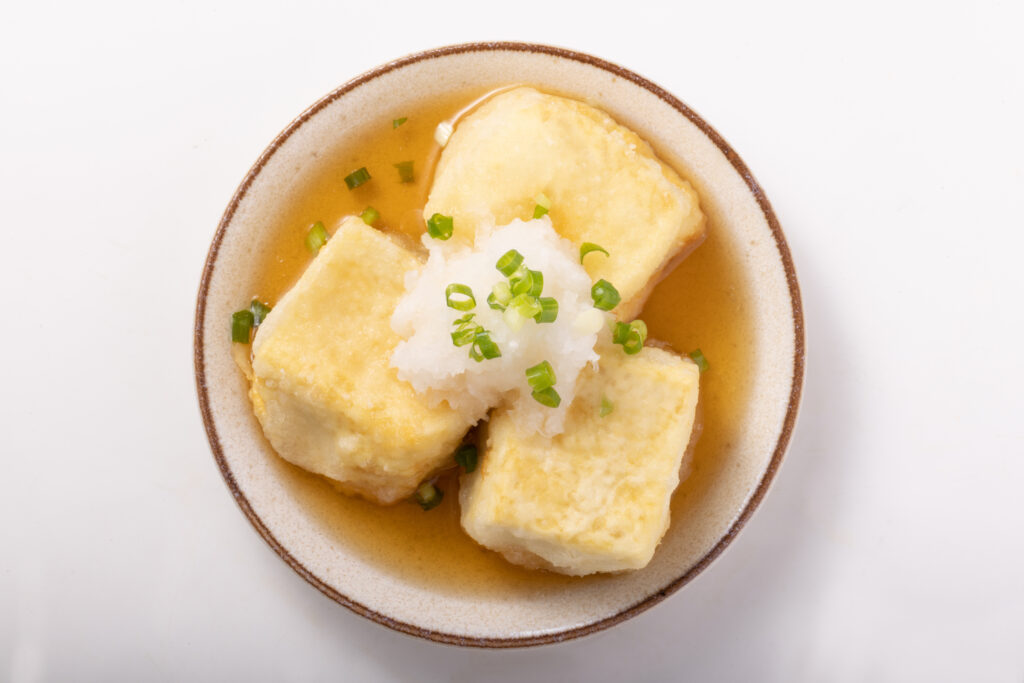


What Vegetarians Should Avoid in Japan
- Dashi-Based Dishes
- Miso soup often contains fish-based dashi.
- Most ramen broths are made with pork or fish stock.
- Okonomiyaki and Takoyaki
- Okonomiyaki (savory pancake) often contains dashi in the batter, even in vegetable versions.
- Takoyaki are fried octopus balls and are not vegetarian.
- Traditional Japanese Curry
Many Japanese curry roux brands contain beef or pork extracts. Look for vegetarian curry at specialty restaurants. - Most Supermarket Soups and Sauces
Many pre-packaged soups, dressings, and sauces contain fish extract or dashi. - Yakitori (Grilled Skewers)
Most skewers are meat-based, and even vegetable skewers are often cooked on the same grill as meat.
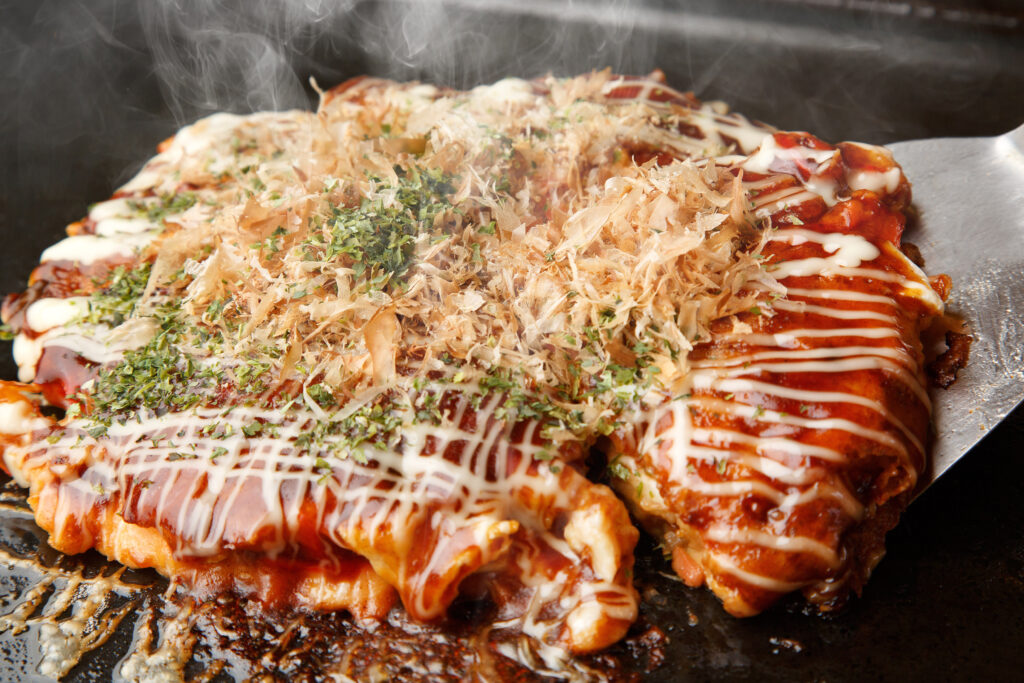
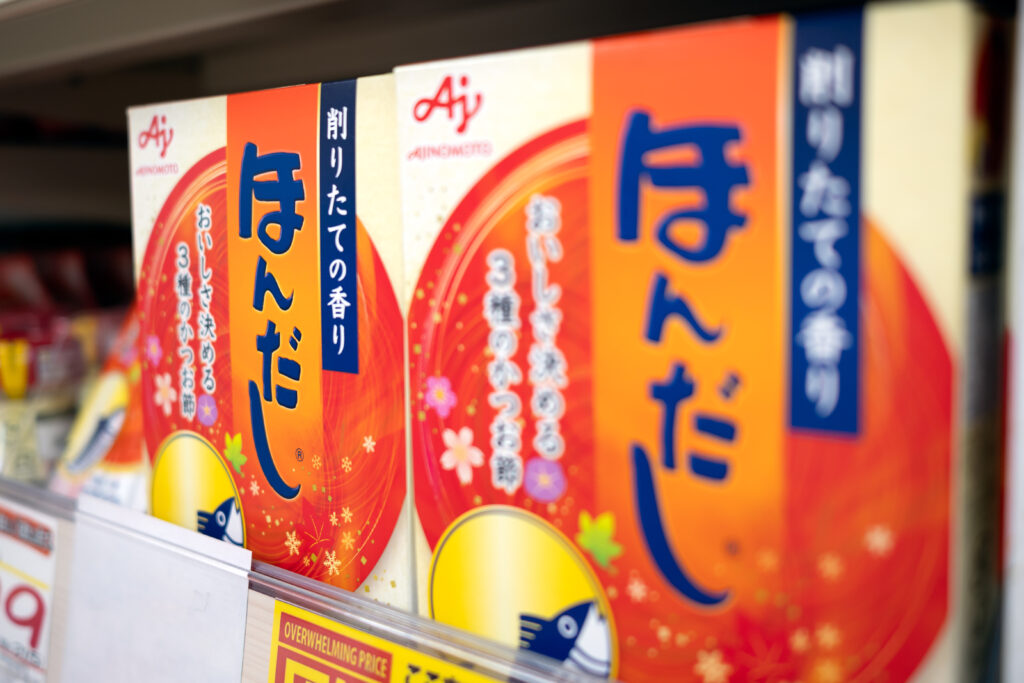
How to Order Vegetarian Food in Japan
Many restaurants in Japan do not specifically cater to vegetarians, so it is important to communicate your dietary needs clearly. Here are some useful phrases:
- I am a vegetarian.
“Watashi wa bejitarian desu.” (私はベジタリアンです) - Does this contain fish or meat?
“Kore wa sakana ya niku ga haitteimasu ka?” (これは魚や肉が入っていますか?) - Can you make this without fish or meat?
“Sakana ya niku nashi de tsukuremasu ka?” (魚や肉なしで作れますか?) - Is the dashi (broth) made from fish?
“Kono dashi wa sakana kara tsukurareteimasu ka?” (この出汁は魚から作られていますか?)
For convenience, you can also show a written request in Japanese at restaurants to ensure your food is prepared vegetarian.
Where to Find Vegetarian Food in Japan
- Shojin Ryori Restaurants
Found in Buddhist temples, these restaurants serve strictly vegetarian meals. - Vegan and Vegetarian Cafés
Major cities such as Tokyo, Kyoto, and Osaka have a growing number of plant-based restaurants. - Convenience Stores (Konbini)
Look for onigiri with umeboshi (pickled plum) or salads without meat dressing. - Supermarkets and Organic Stores
Some supermarkets and health food stores offer vegetarian-friendly products, including soy-based ramen and vegetable curries.

Eating vegetarian in Japan requires some preparation, as many traditional dishes contain hidden animal-based ingredients. However, with the right knowledge and communication, you can still enjoy delicious Japanese cuisine while staying true to your diet. Choosing temple cuisine, tofu-based dishes, and plant-based ramen allows you to experience Japan’s rich culinary traditions in a vegetarian-friendly way.
